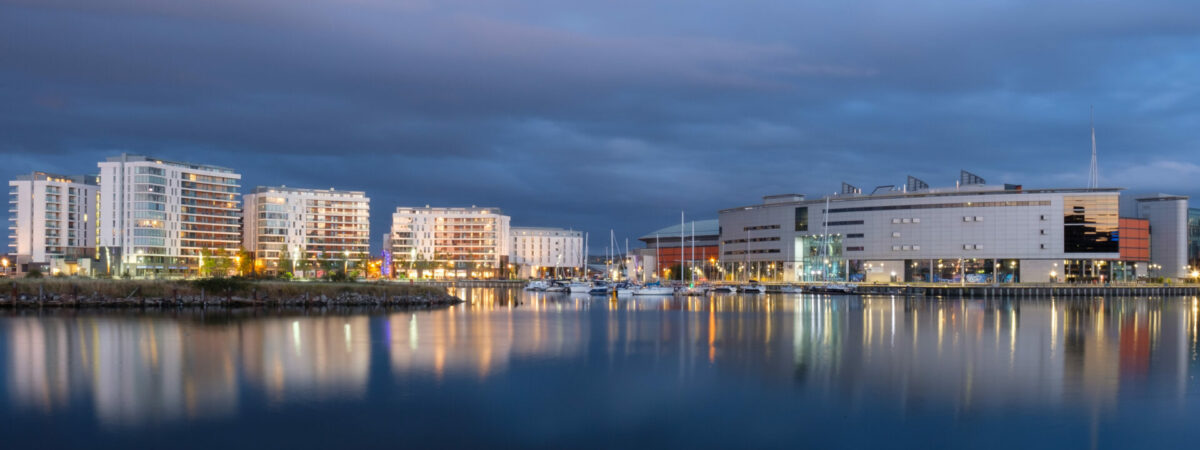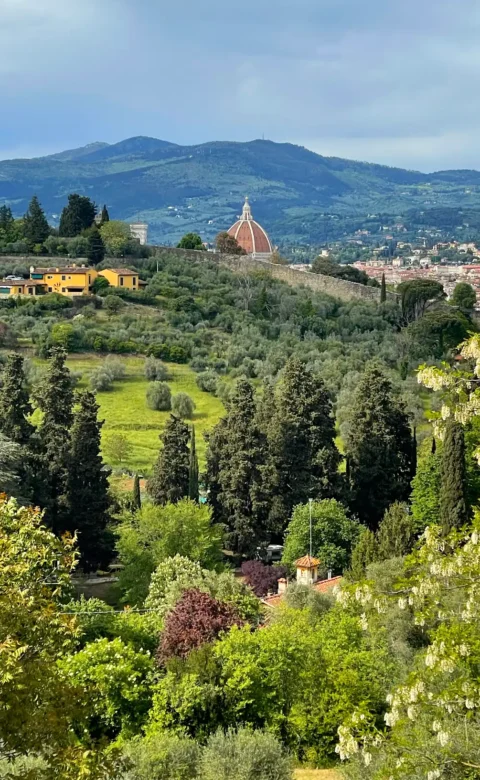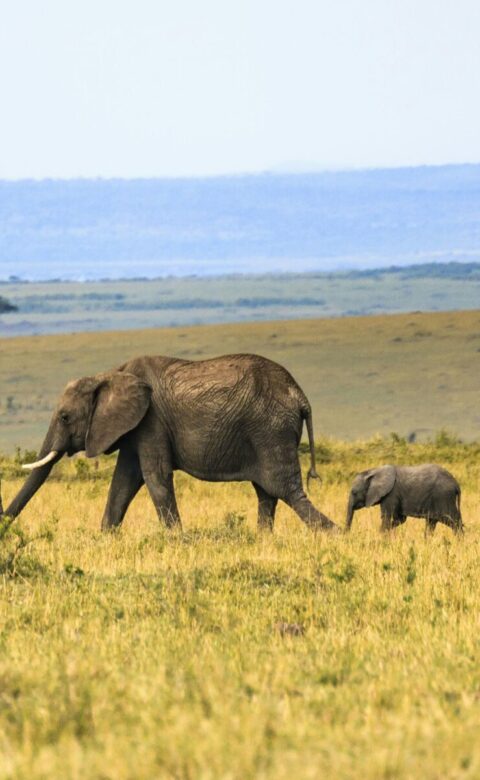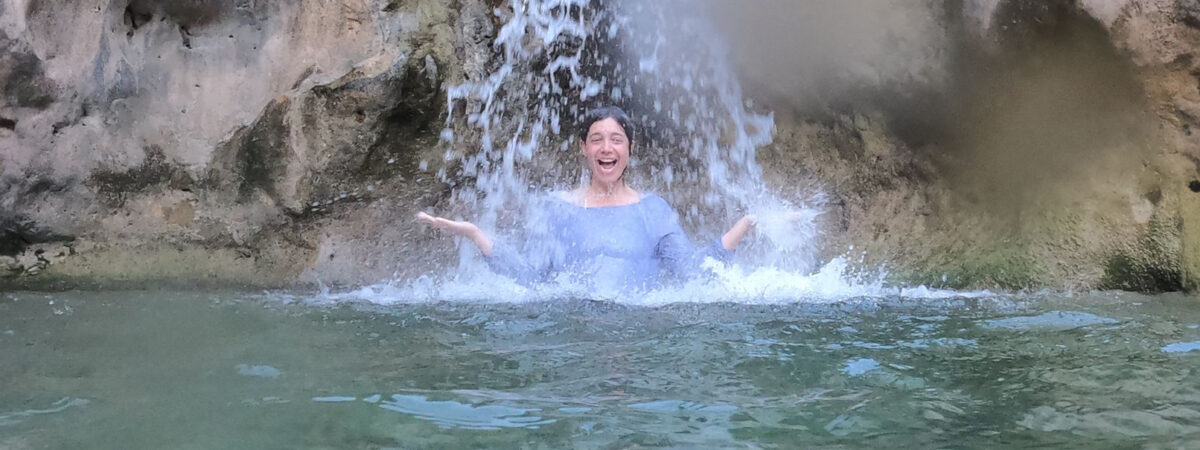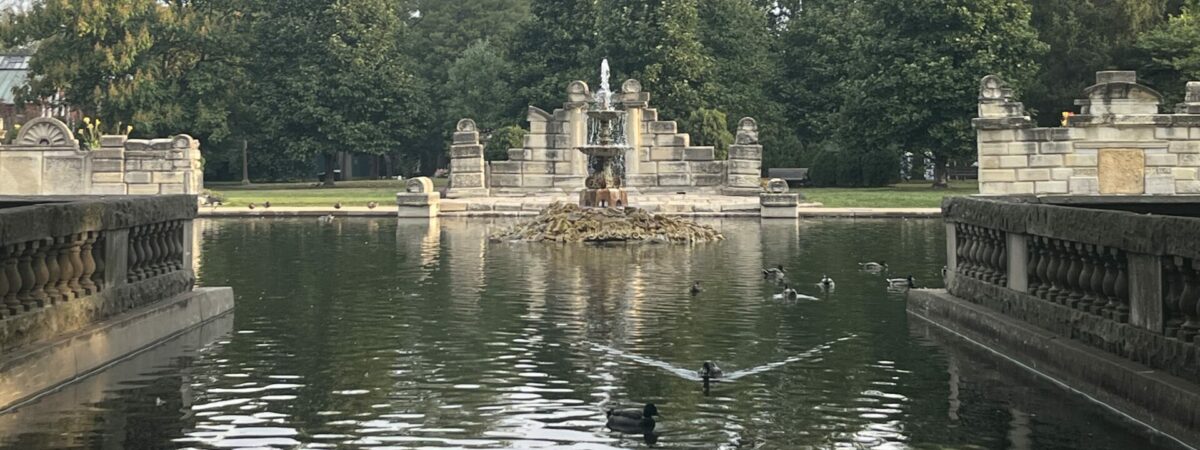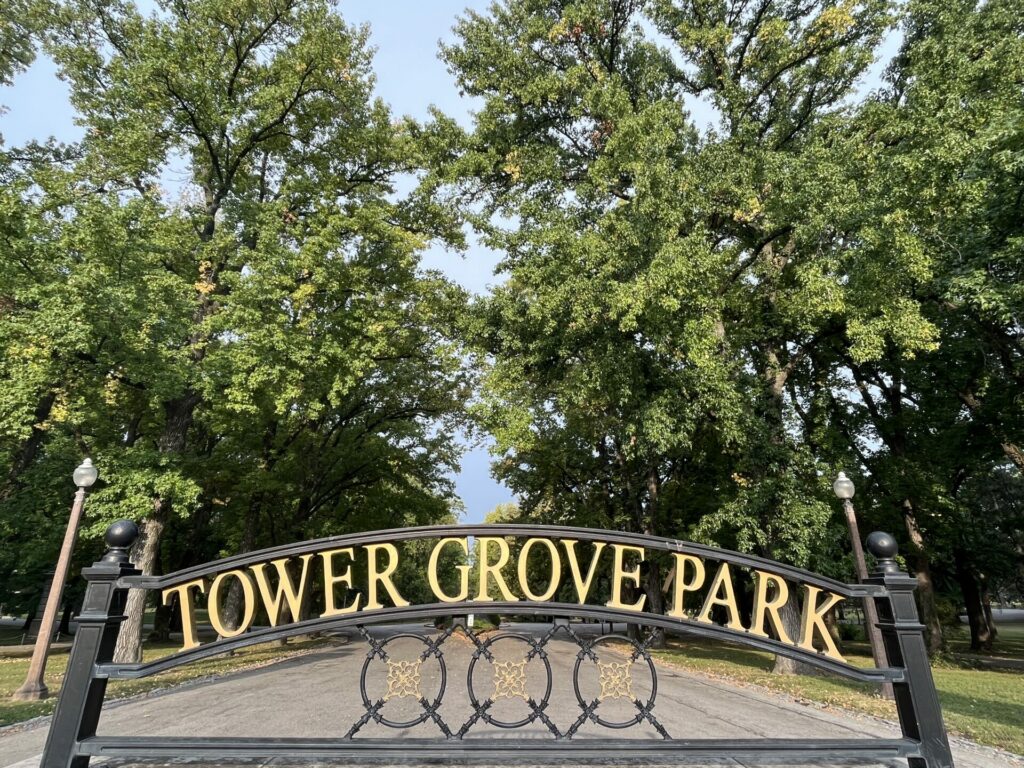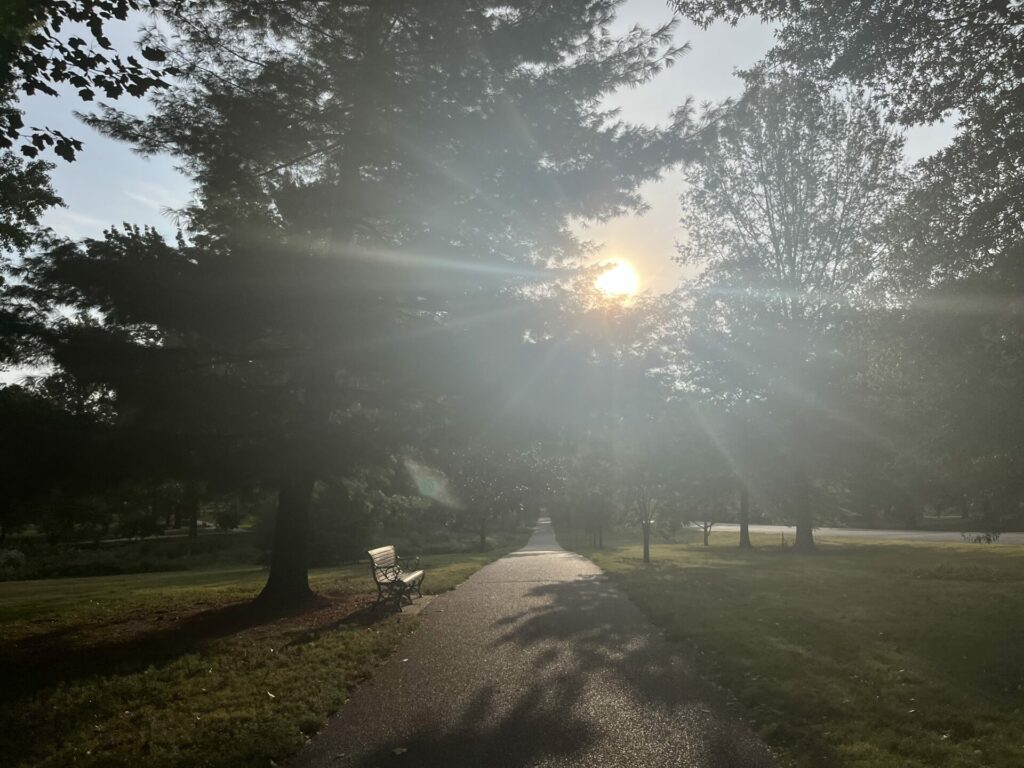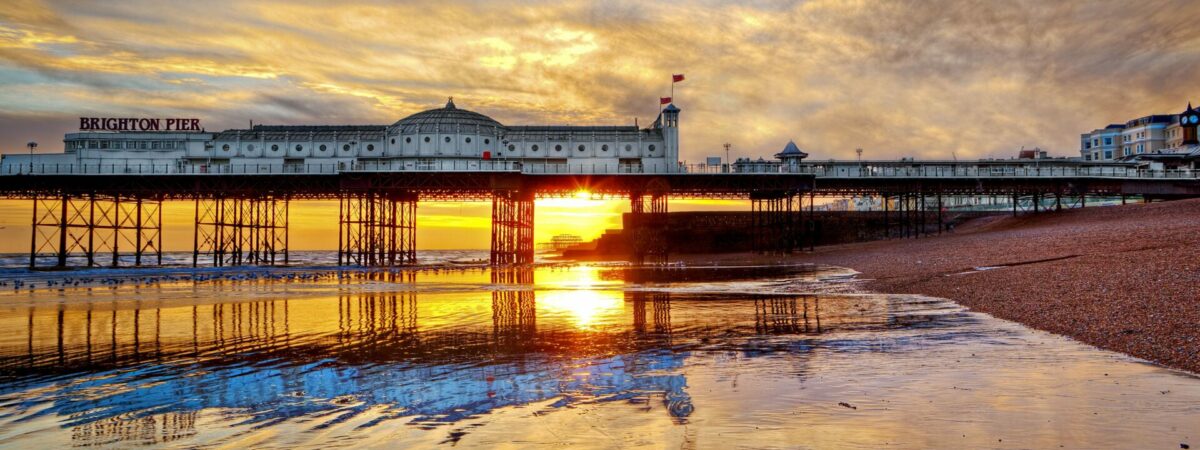Belfast, Northern Ireland, is a city of contrasts and contradictions. A place of contested identity, its past and present tell the story of different traditions and political aspirations among its people for the future.
The conflict known as ‘The Troubles’ has thankfully been consigned to the past and replaced with a relative peace that endures, despite a seemingly never-ending political stalemate. The recent 25th anniversary of the Belfast Agreement reflected a new generation who have lived in a very different place than their parents and grandparents.
Some scars are still visible, but this place has plenty to enjoy and embrace.
To its advantage, Belfast is a very compact city. You are never too far away from anywhere else, which applies to all of Northern Ireland as well as the capital of the Irish Republic (Ireland), Dublin, with that metropolis and its airport, the biggest on the island of Ireland, only around 90 minutes away by bus.
Also in its favour; you don’t have to break the bank to enjoy my friendly city. Belfast needn’t be expensive, especially if you are here for a quick visit. The best way to get a feel for its geography, character and most importantly, its people is to get up close. Speak to a local and you will almost certainly find easy conversation. This could be for mere directions; to receive a recommendation for the best place to grab dinner; or to share an opinion on a point of interest.
Belfast is very walkable unless your visit coincides with particularly inclement weather; but even then, for just £4.20, you can avail of a day ticket for unlimited use on the Metro bus service with this form of public transport very noticeable in its pink livery. The same-day ticket can also be used on the Glider, a regular rapid transport bus connecting the east and west of the city.
But I like to take visitors for an adventure on foot. I show off this city of mine, making sure we look around — and up — to take in this distinctive place which is simultaneously British, Irish and many things in between.
We pause before the showpiece of the Northern Irish capital, the iconic Belfast City Hall. An elaborate wedding cake of an edifice, this majestic civic building and home of the city council was completed in 1906, with its bold baroque style designed by Sir Alfred Brumwell Thomas. The city hall is a popular meeting place, protest location, and host of various celebrations and civic events throughout the year.
And even if you have no other agenda, it’s a great spot for people-watching in the vicinity, and it is also open to the public. Inside you will find a café, tours operate on certain days and best of all, an enjoyable, informative permanent exhibition regales visitors with the story of Belfast from past to present over six self-guided themed zones.
Just across the street on Donegal Square North, we arrive at the Linen Hall Library. One of my favourite attractions to share with guests, this place is stunning and something of a well-kept secret, hidden in plain sight. The library’s history dates back to 1788 and is a treasure trove of literacy, varied stories and discovery, which includes a very reasonably priced café serving good quality food and refreshments.
For visitors keen to experience something more loud and lively, as long as it’s the weekend, I take them to soak up the maze of sights, smells and sounds that is St George’s Market. From Friday to Sunday, it’s a place to eat, drink and be merry with a plethora of traders on hand, ranging from hearty local specialities to various international food vendors. Once our hunger has been satisfied, we move on to browse and buy from a selection of stallholders from produce to crafts and art. A live band is usually in situ, providing an upbeat, welcoming backdrop for this cultural institution.
Later, we take a 15/20 minute walk to take a look at the contested identity of Belfast’s people, typified in the Shankill and Falls districts. These typically working-class areas tell their own narrative, with a glimpse into the past and their respective British/Unionist and Irish/Republican loyalties on display in terms of wall murals, memorials, street displays and tours which are available to book.
Both areas are accessible on foot, adjoining each other and divided by the ‘peace wall’ on Cupar Way that speaks volumes, 25 years after supposed peace. It is a popular stopping point for tourists on taxi and coach tours; but as much as locals will share their own perspective, you can make up your own mind.
When you visit the area yourself, don’t just look but engage. The people will happily speak to you or welcome you into the many cafés or watering holes, where you will find something that isn’t on offer in the city centre.
Belfast is authentic, it is real, it is often gritty but it has character, warmth and a varied story to tell. Though typically wet, our weather does not dampen the warm hearts of locals more than happy to meet and greet tourists who come to this place we call home. The skies above may be grey, but as I show my walking companions in our wanderings, your experience of this place will be anything but dull.

